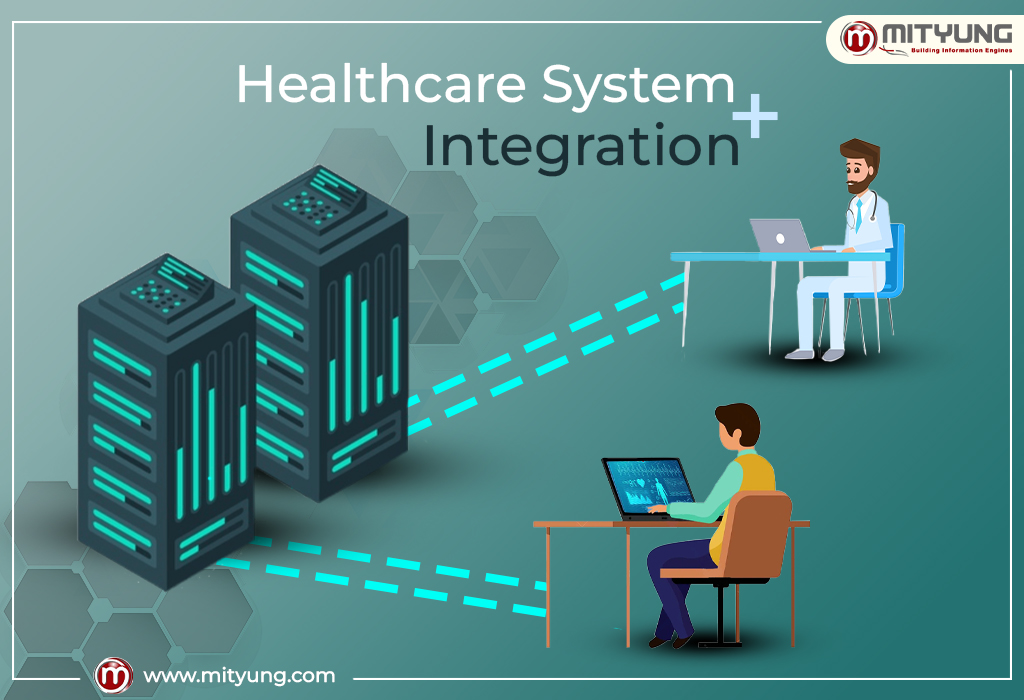
FHIR/HL7 - Healthcare System Integration
For instance, just think that all healthcare information systems are autonomous states. Sharing information among each other via diplomatic documents. That too in their regional language. Sounds crazy right, but it defines the situation of medical facilities before HL7/FHIR integration. Yes, it is safe to say that the era of sharing information through passing paper notes is well over. However, the exchange of manual data between multiple healthcare systems is still raucous work. And this is where the HL7 integration changed the game forever. Furthermore, it is developed to address the communication issues the healthcare industry has been dealing with for decades. Moreover, it is because of HL7, the whole circle of
- Collecting,
- Exchanging, and
- Interpreting
Medical information is now error-free and efficient. So what further to do let’s jump straight to what exactly is HL7/FHIR integration & why is it so important?.
A Brief Intro to HL7/FHIR in Healthcare.
HL7 or Health Level 7 is an international set of standards. These sets of standards establish a network that allows seamless sharing of Electronic Health Records (EHRs). This sharing of EHR takes place between different software platforms in the healthcare sector. In simple words, it is a set of standards that govern collection of medical data. And its processing, and exchange. Furthermore, it is a universal language that every healthcare IT person speaks. Health Level 7 or HL7 supplies a set framework to promote an exchange of data in Clinical settings. Thus making it easier to empower the global health interoperability system.
Key Features of HL7/FHIR integration
Some of the key features of HL7 integration are:
- Firstly, It connects the entity to online transmission media
- Secondly, it Provides error control between adjacent nodes
- Thirdly, it Moves data across a network
- Furthermore, Provides communication control for the end-users
- Next up, is it tackles other problems apart from communication issues
- Lastly, Converts data into a form that users can interpret.
- Finally, Offers a variety of services to the applications.
The Essential Standards of HL7
HL7 V2
Health Level 7 Version 2 (V2) is the most extensively used & adopted messaging standard. Set for exchange of electronic medical records. Moreover, being a database query language, it allows healthcare experts to exchange & store patient data.
HL7 V3
Health Level 7 Version 3 (V3) is more of an upgraded version of HL7V2. Moreover, it comes with a more comprehensive information module. HL7 CDA Health Level 7 Clinical and Administrative Domain(CDA) is a part of the HL7 V3 specification. However, it focuses more on Clinical Documents.
HL7 CCD
Health Level 7 Continuity Care Document (CCD) is an auto-generated patient-specific document. Moreover, it defines the patient medical summary for the US market.
HL7 EHR
Health Level 7 Electronic Health Record (EHR) is a set of profiles & functional models that allows easy system integrations and interoperability.
HL7 FHIR
Health Level 7 Fast Health Interoperability Resources (FHIR), is a newly develop interoperability standard. Furthermore, the structure of FHIR are modular components making it pre-optimize for use in web-based APIs(Application Programming Interfaces)
- Unlike other HL7 standards, FHIR is already established for the web.
- Moreover, FHIR is still-developing methods of integration.
HL7 FHIR brings together the topmost c characteristics of HL7 versions like HL7 V2, HL7 V3, and HL7 CDA.
HL7/FHIR Integration Benefits
Ensure Data Uniformity around the Healthcare system
It is safe to say that health data cannot be isolated. It needs storage in such a way that it ensures Data uniformity. By ensuring data uniformity across the healthcare system. Furthermore, it would be easy to have a seamless exchange of patient health information from admission, to diagnostics, to treatment and billing.
Facilitate Automation of Workflow
HL7 integration helps in facilitating the automation of workflow. It lowers the time consumed in manual entry of Data. It even helps in synchronizing data updates. Thus saving both energy & cost.
Facilitates the exchange of information among regulators.
Hl7 helps in simplifying the process & seamless exchange of information within the regulators. Moreover, it reduces the burden on administration by exchanging data electronically.
Global Collaboration
For the first time in the history of the healthcare system, it is now easy to share medical data across oceans. Furthermore, with over 27 countries & 1700 healthcare working with the HL7 Standards.
Offers Patients a better healthcare
The integration of an HL7 interface in healthcare institutions Leads to Simplification of data:
- acquisition,
- collection, and
- treatment processes.
This helps Medical professionals to focus on providing better care to their patients. Moreover, they are not burdened by administrative burdens.
What role does HL7/FHIR play in Healthcare?
For correctly diagnosing patients, healthcare experts often need to go through multiple electronic data systems. This process can take a whole new turn if they had to offer services to patients outside their local hospital parameters. And this is where HL7 & FHIR interoperability standards play an important role. What they do is, make things easier for Healthcare experts. MOreover, as these sets of standards offer the exchange of patient data across EHRs in a common language. The whole process is totally integrated & error-free. Therefore, chances of miss-communication are zero.
What the Future Holds for HL7/FHIR?
- HL7 standards allow the integration of advanced tools to transfer critical information.
- HL7 integration will reduce the scope of errors in the healthcare sector in future.
- Moreover, it is a benign belief that HL7 integration will increase the efficiency of the healthcare industry.
- HIPAA compliance will enhance as a result of the new EHR guidelines. And healthcare facilities will have a more streamlined workflow.
- Identification of HL7 as a crucial component of healthcare integration will leave zero chances of miss-communication.
Related Post
No results.